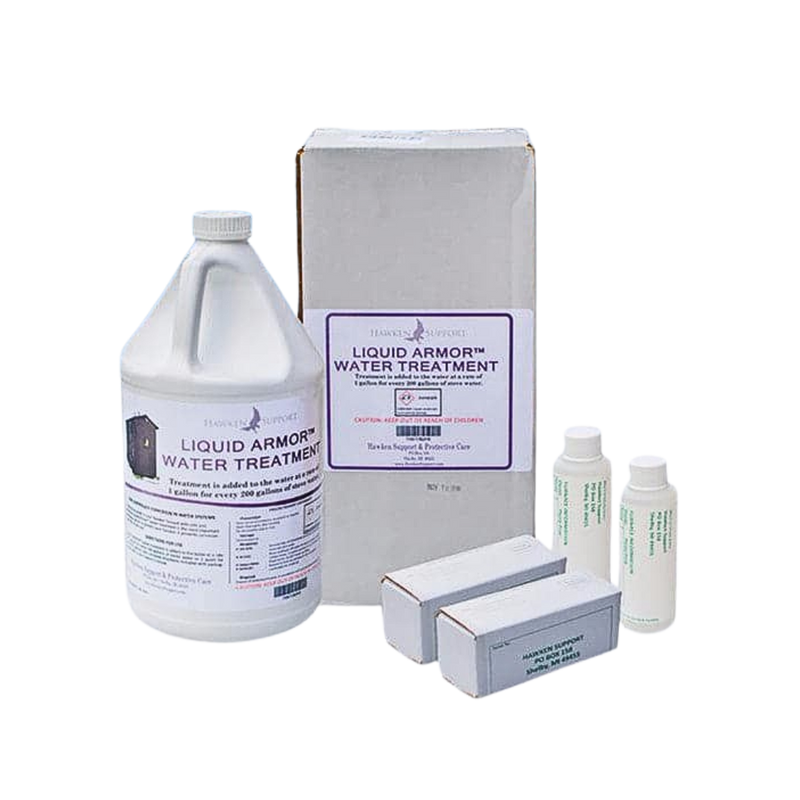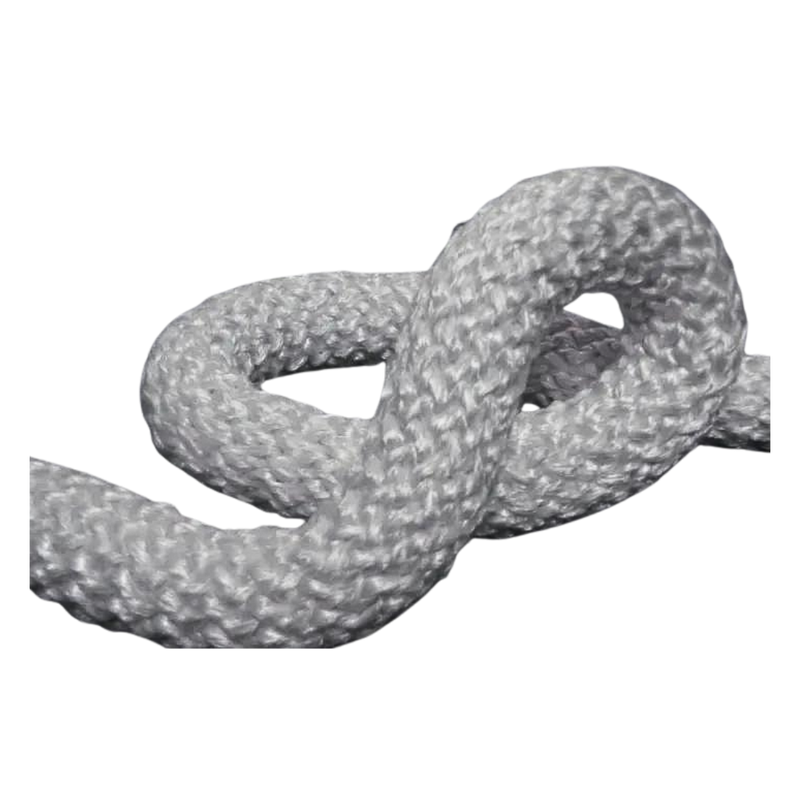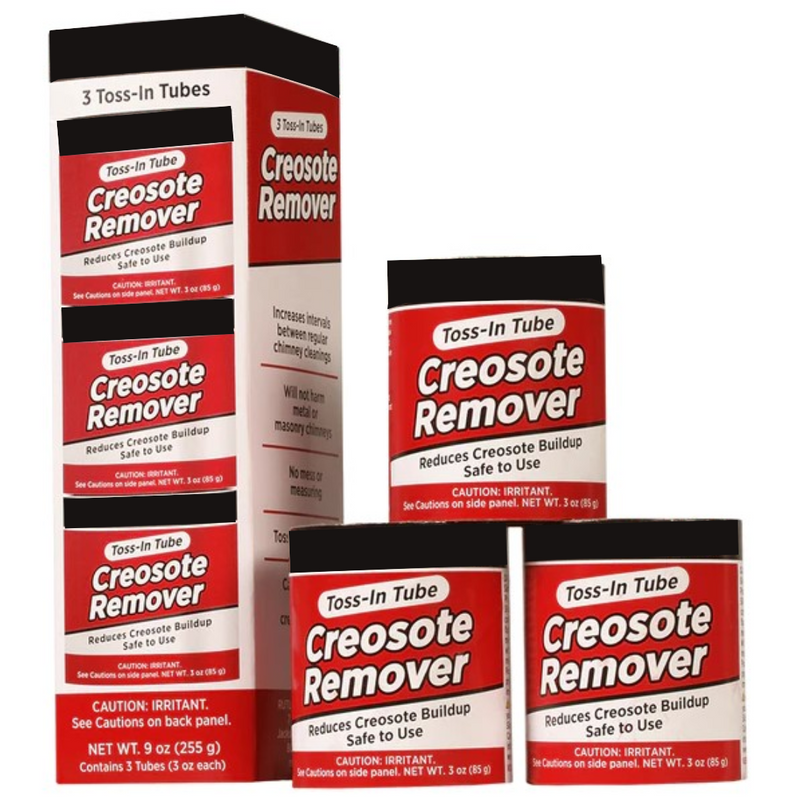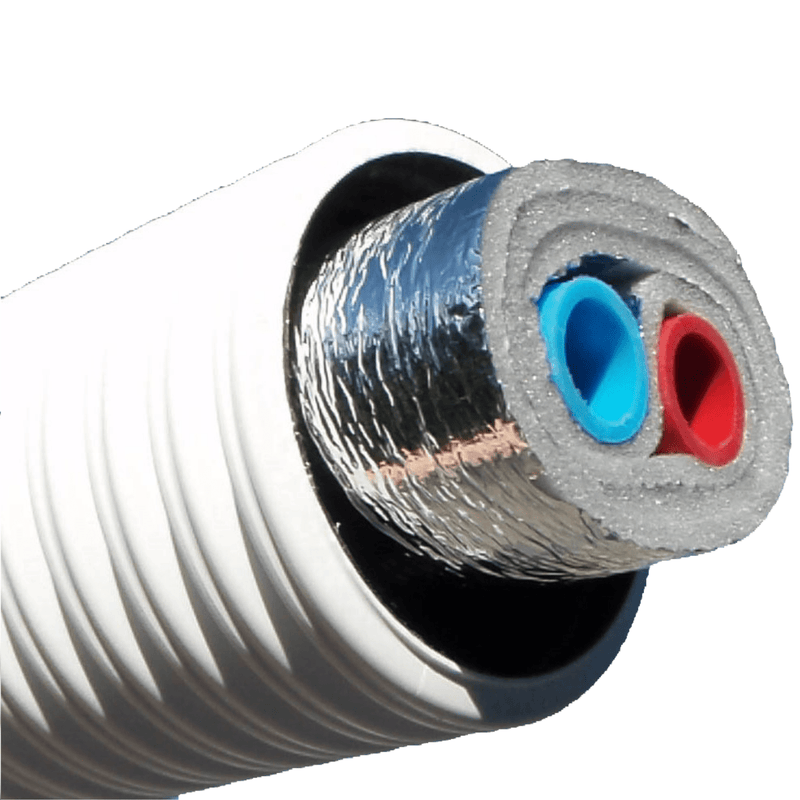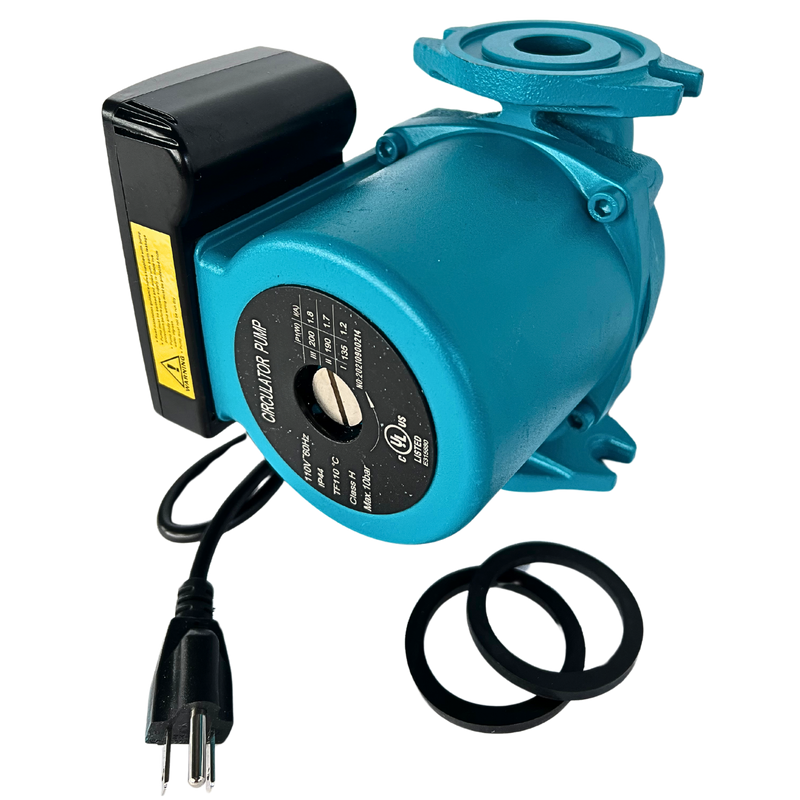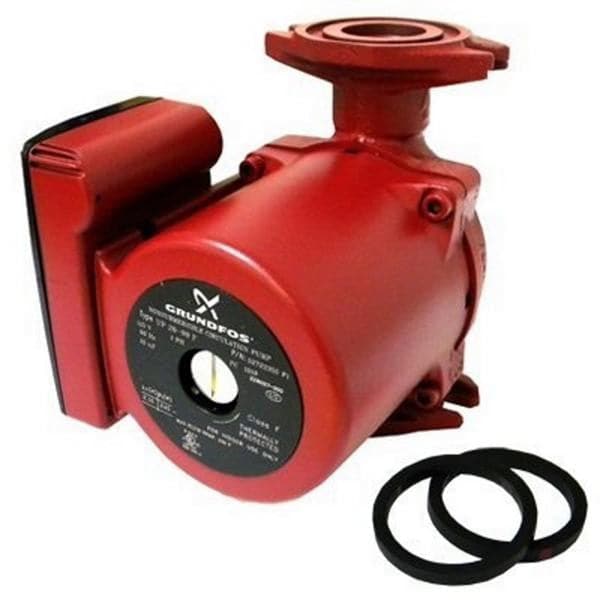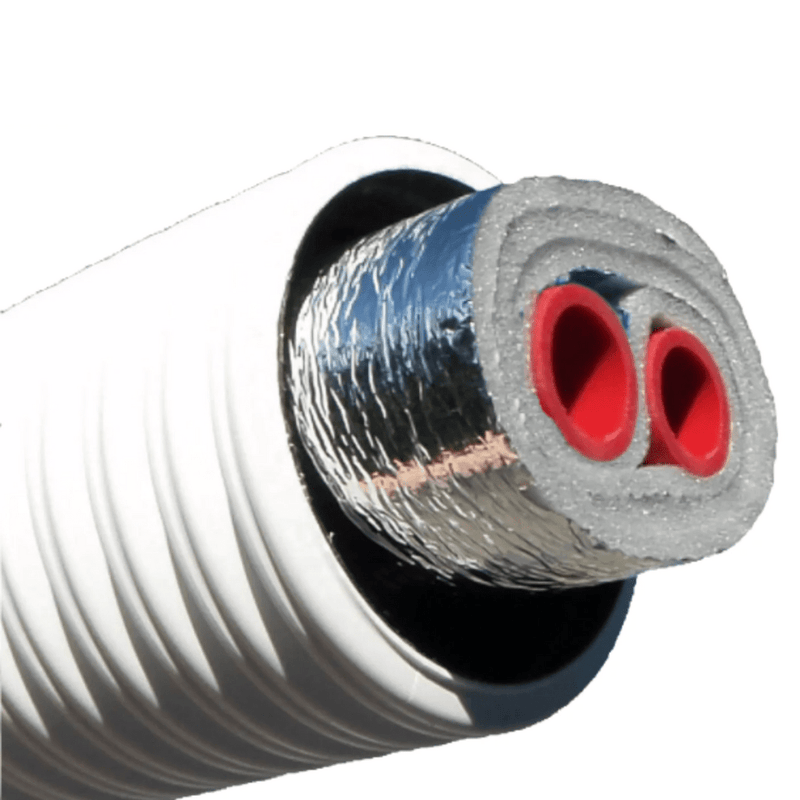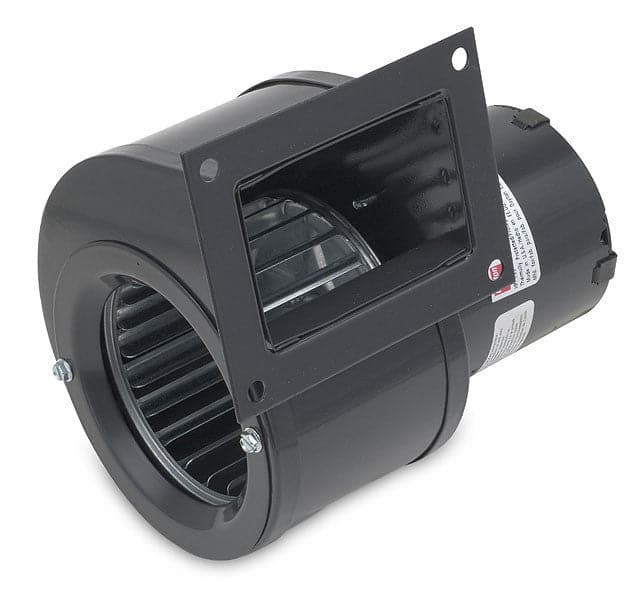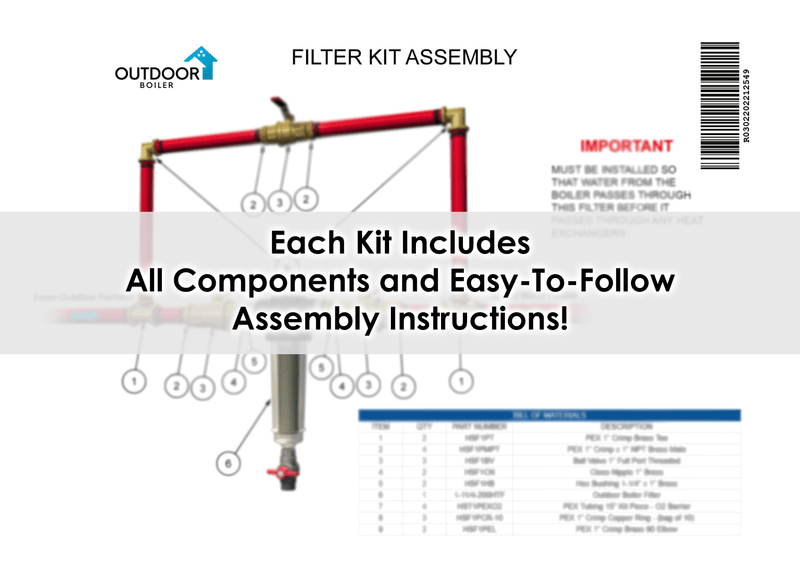How Do Heat Exchangers Work?

If you are currently using an outdoor wood boiler in your home or property, the outdoor wood boiler heat exchanger will be an essential component of the system.
As the wood burns in your outdoor wood furnace, the furnace water is heated. That water is then circulated through underground insulated pipes to every section of your home and other buildings to provide comfortable warmth without losing any efficiency. Cool right?!
(The only small issue is when the boiler is made of steel, it must be protected with a corrosion inhibitor. But we have completely solved that problem with our Liquid Armor Water Treatment. Click HERE for more information on how to protect your boiler investment.)
To complete this efficient process, a “Heat Exchanger” is required to transfer the warmth from the circulating water into the space to be heated.
However, these heat exchangers come in different forms depending on their purpose.The TOP 3 heat exchangers are as follows:
WATER-TO-AIR HEAT EXCHANGER
As its name sounds, a water-to-air heat exchanger transfers heat from water to air. Many people think these look like a radiator for a car. The hot water passes through small copper tubes that have metal fins attached.

The circulating hot water from the boiler heats the tubes and fins. When warmth is needed, a blower fan turns on and blows air through the fins and tubes and voila – warm air!
Water-to-air heat exchangers are most commonly used in forced air ducts. See drawing below. These heat exchangers are often installed in the forced air furnace plenum which is located above the furnace.
These come in several sizes and are often installed by simply attaching “L-Brackets” to the inside of the plenum that the heat exchanger lays on in a “flat” orientation.
Detailed installation instructions are included with every water-to-air heat exchanger purchased at OutdoorBoiler.com.
Water-to-air heat exchangers come in different sizes, some as small as 12”x12” for a small room up to 24”x24” and larger for bigger spaces to be heated. These heat exchangers range from 57,600 BTUs to 230, 000 BTUs.
WATER-TO-WATER PLATE HEAT EXCHANGERThese water-to-water heat exchangers transfer heat from one circulating liquid (usual water from the boiler) to a different liquid, WITHOUT mixing the liquids!

These water-to-water plate heat exchangers accomplish this by allowing the hot water (from your boiler) to pass over alternating plates, thus warming them up. The water to be heated is passed through the empty space between those alternating hot plates, which transfers the heat from the boiler water to the other liquid.
What Are The Different Usages of Plate Exchangers?
- Domestic Hot Water Heat Exchangers. To heat your domestic hot water with your outdoor wood stove, you will install a “Domestic Hot Water Kit”, which includes a plate heat exchanger so that your outdoor boiler water never mixes with your hot water used in cooking or bathing. Plate exchangers are responsible for giving you unlimited luxurious domestic hot water supplies from your outdoor furnace!

- Indoor Heating of Buildings with Baseboard Radiant Tubing. It is configured to increase the temp of the return water (from house loops) before going into the indoor boiler.
- Indoor Heating of Buildings with In-floor Tubing Radiant Heat. It is configured before the in-floor loop manifold to increase the temp of the return water (from in-floor loops) before going into the manifold.
These plate exchangers are available at our online store OutdoorBoiler.com from 20 plates to 100 plates ranging from 80,000 BTUs to 400,000 BTUs.
Made with 316 Stainless plates for long life. Ports are 306 stainless. Plate to plate heat exchangers have a nominal size of 5” x 12”. The number of plates varies based on the BTU transfer requirements.
UNIT HEATERS
If you want to heat a garage, pole barn, a workshop, or any space like that, the best way to do this is with one or more unit heaters.Unit heaters are often positioned at ceiling height or recessed into a wall. These are self-contained heating systems in a small box that includes a water-to-air heat exchanger and a built-in blower fan that turns on and off to keep the room at your desired temperature, according to the setting on your thermostat (thermostat sold separately).
For a simple formula on how to select the proper size unit heater for your building, click HERE to read our article “How to Calculate the Proper Size Unit Heater”.
See the options for industry-leading Unit Heaters at our online store. SHOP NOW
POOL HEAT EXCHANGERSPool heat exchangers are less common than the other types of heat exchangers. All heat exchangers do the same job—they transfer heat from one fluid to another—but they do so in a number of different ways. To heat the pool water, a swimming pool heat exchanger draws hot water from a boiler. Heat exchangers are useful in a variety of pool and water applications, including salt water and chlorinated swimming pools.
Stainless steel pool heat exchangers are available at our online store, click HERE.
But these are not compatible with salt water pools. Titanium Pool Heat Exchangers are the best for saltwater pool application because they have a great resistance to corrosion in both sea water (salt water) and chlorinated water (even in high concentrations). These are available upon request.
If you have any further questions, click HERE to Contact Us. You can also visit our online store to browse for more outdoor wood boiler parts!













